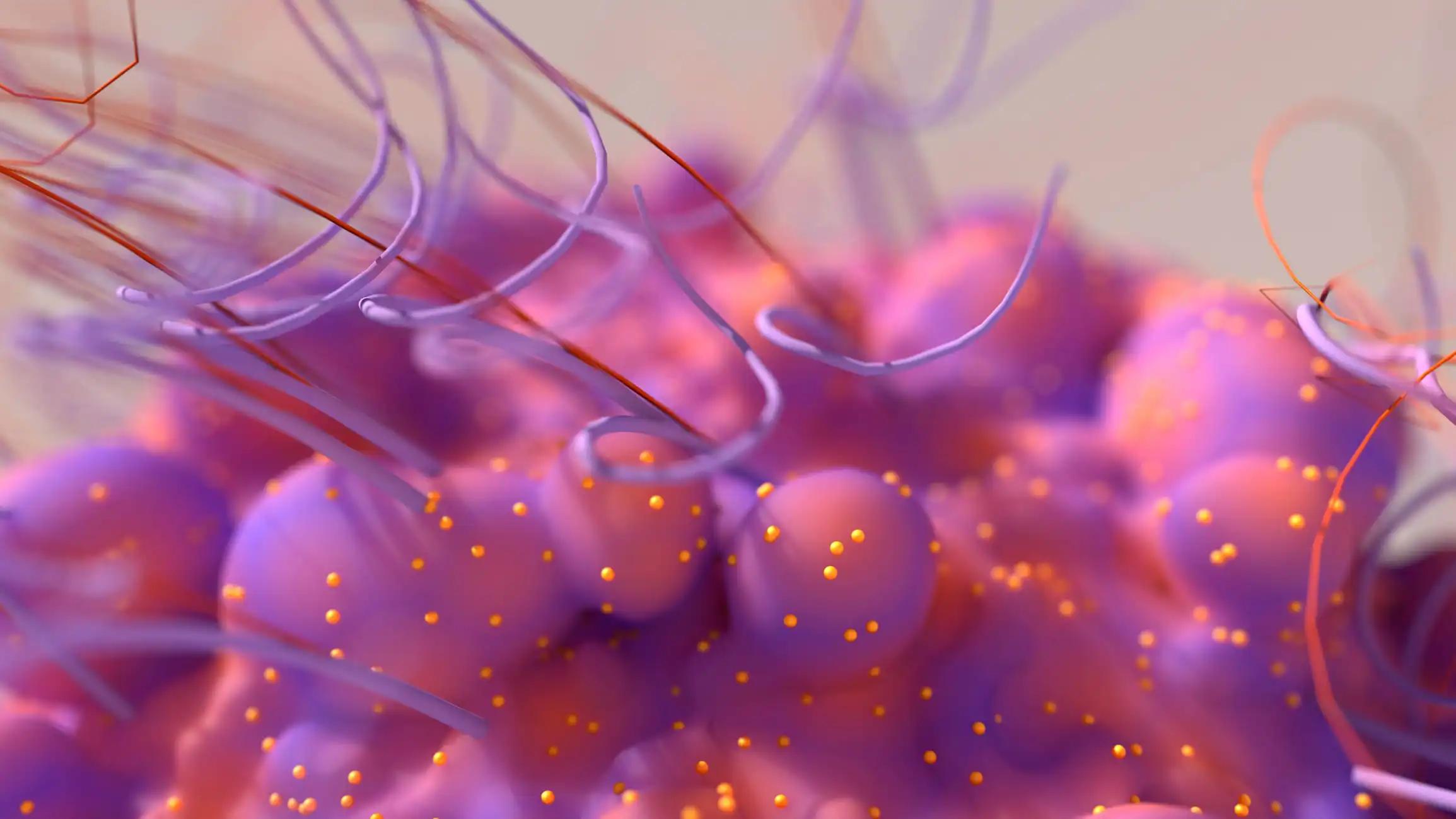KEY TAKEAWAYS
- The study aimed to examine the direct effects of combining nintedanib with anti-angiogenic agents on UM cell behavior.
- The results showed that nintedanib suppresses UM cell growth; further research is needed to explore therapeutic potential in UM.
Uveal melanoma (UM) is a form of cancer originating from melanocytes in the eye’s uvea, differing from skin-related melanoma in location and certain characteristics.
Vera E Pawlik and the team conducted the study that aimed to assess how combining nintedanib with anti-angiogenic agents affects Mel270 and OMM2.5 UM cell lines.
The study assessed metabolic activity, viability, and oxidative stress using the Thiazolyl Blue Tetrazolium Bromide (MTT), LIVE/DEAD, and reactive oxygen species (ROS) assays. Immunofluorescent staining detected intracellular VEGF-A165 and VEGF receptor-2 expression. VEGF-A165 secretion into cell culture supernatants was evaluated via VEGF-A165 ELISA.
At a concentration of 1 µg/mL, nintedanib resulted in a median reduction of metabolic activity (for Mel270 of approximately 38% and for OMM2.5 of 46% compared to the untreated control) without exerting toxicity in either cell line, whereas the other 3 substances did not result in any changes (which also means that none of the 4 substances led to an increased cell death). Moreover, nintedanib (1 µg/mL) induced oxidative stress in the Mel270 by approximately 1.2 to 1.5-fold compared to the untreated control, but not the OMM2.5 cells.
The results demonstrated that the nintedanib effectively inhibited UM cell growth in a dose-dependent manner. However, the metastatic UM cell line OMM2.5 showed resistance to its pro-oxidant effects. This study pioneers the exploration of nintedanib in UM and suggests further investigation to uncover its therapeutic potential for future adjuvant tumor therapies.
This project received third-party funding granted to Mahdy Ranjbar from a funding initiative by NOVARTIS PHARMA GERMANY.
Source: https://pubmed.ncbi.nlm.nih.gov/38381412/
Pawlik VE, Sonntag SR, Grisanti S, et al. (2024) ‘’Impact of Nintedanib and Anti-Angiogenic Agents on Uveal Melanoma Cell Behavior.’’ Investigative Ophthalmology & Visual Science February 2024, Vol.65, 30. doi:https://doi.org/10.1167/iovs.65.2.30



